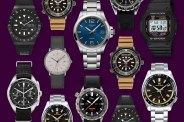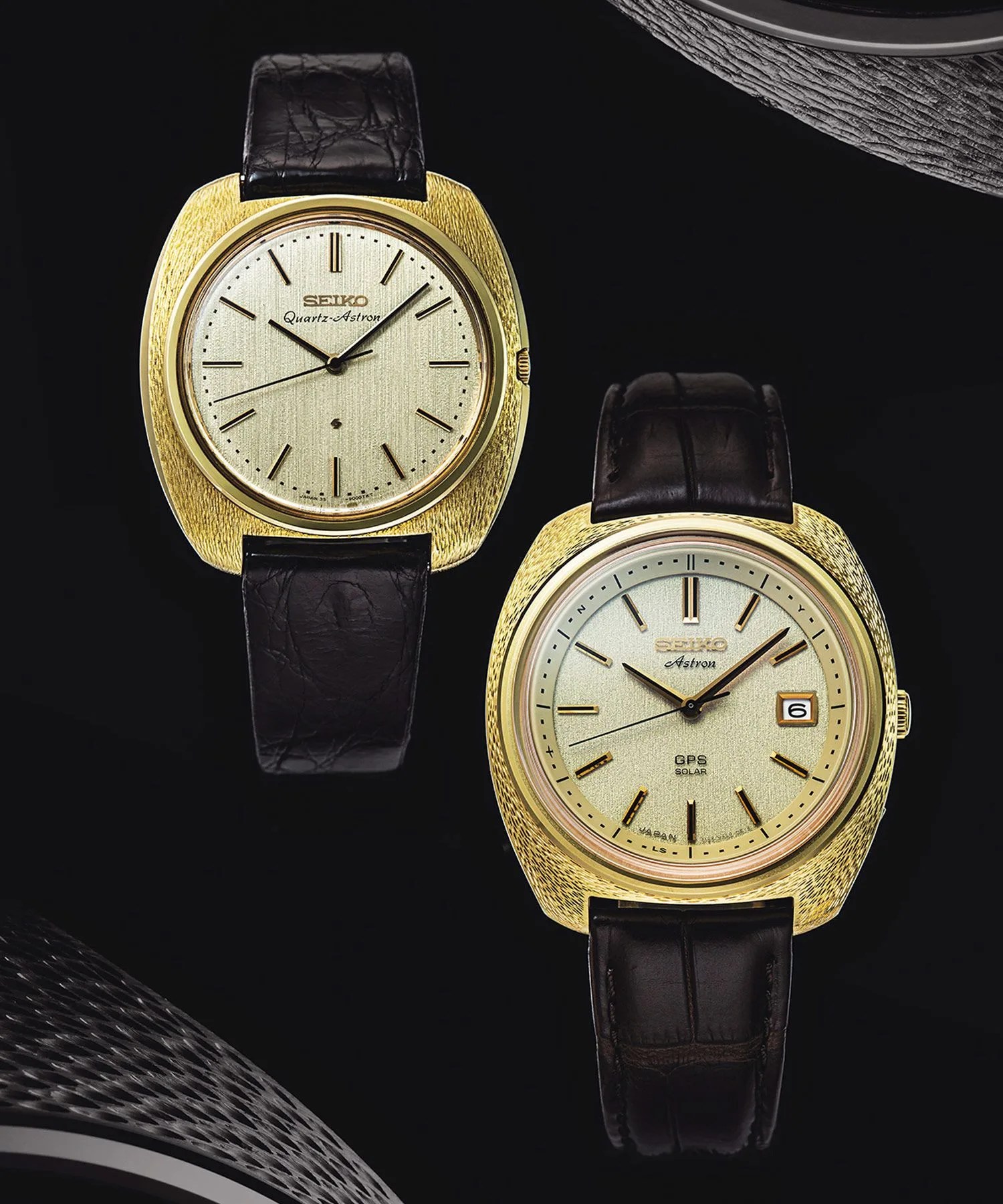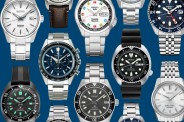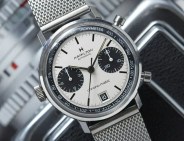Welcome to Watches You Should Know, a column highlighting important or little-known watches with interesting backstories and unexpected influence. This week: the 1969 Seiko Quartz Astron.
Many of the cheapest watches you can buy are more accurate and reliable than the most expensive ones. That ironic dichotomy is made possible in part by a little technology known as the quartz movement, and it all started with a watch released on Christmas Day 1969 in Japan. The Seiko Quartz Astron 35SQ, as it was called, was marketed with the bold promise: “Someday, all watches will be made this way.”
That first Astron was functionally and aesthetically simple, with an elegant mixture of finishes on its gold case and a brushed dial texture. Although it would precipitate a revolution in the industry when mass production eventually became cheaper, the first Astron watches were more expensive than many mechanical watches of the time. It’s said to have been equivalent in price to a midsized car at JPY450,000.
Quartz Accuracy in a Wristwatch Was Revolutionary
Of course, the Astron was notable for its accuracy more than its looks. Though still far more accurate than mechanical watches, the movement inside wasn’t the exact same technology that’s commonly found in quartz watches today. Here are some numbers for context: Most modern quartz operates at 32,768Hz whereas the frequency of the 1969 Astron was a quarter of that figure, at 8,192Hz. But compare that number to standard mechanical watches that run at 4Hz. Those hertz (Hz) numbers refer to oscillations per second — in mechanical watches it’s the oscillation of a swinging wheel, and in quartz watches it’s the oscillation of a vibrating crystal.
The practical result in the Astron was an accuracy of +/-5 seconds per month, whereas that much deviation in a day ain’t bad in a mechanical watch. Quartz proved to be slimmer, and fewer moving parts also made it more robust, particularly when solid state electronics were later added. Quartz’s technical superiority is clear, and when it became more efficient and cost-effective to produce it, it was a no-brainer for consumers — and created what became known as the “Quartz Crisis” for the traditional watch industry. It’s said that Swiss watch companies numbered around 1,600 in 1970 and fell to 600 by 1983; employment in the industry fell from 90,000 (1970) to 28,000 in 1988.







